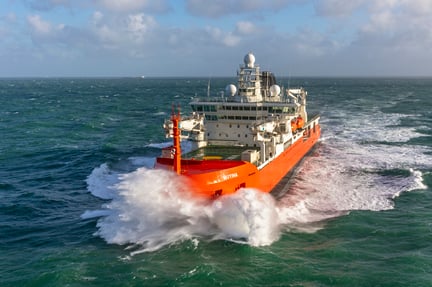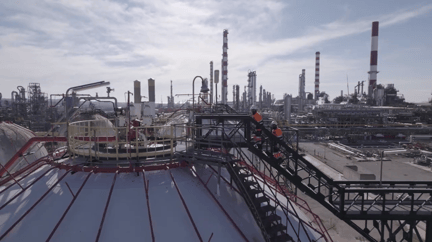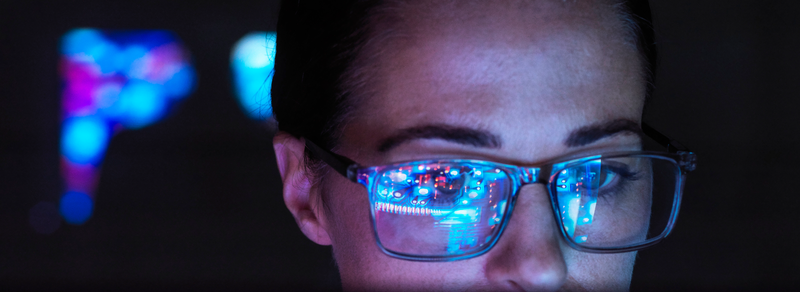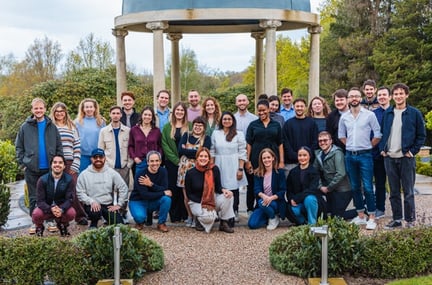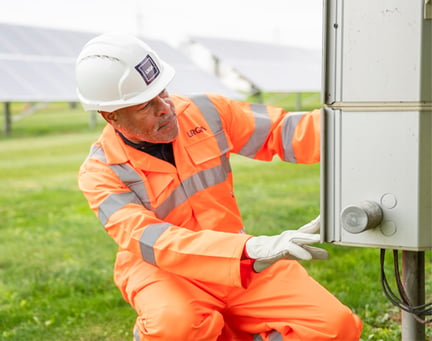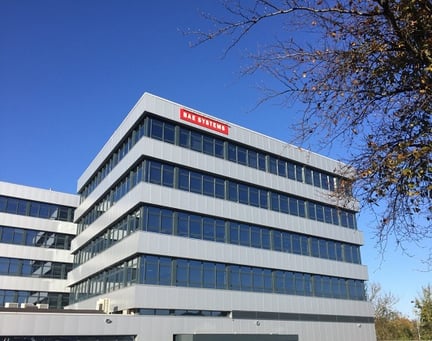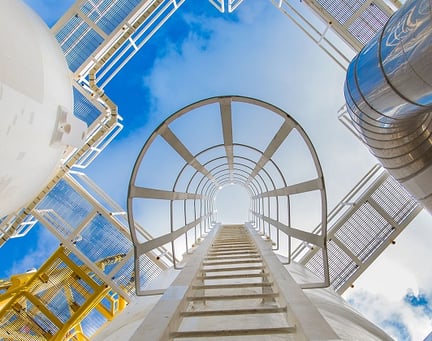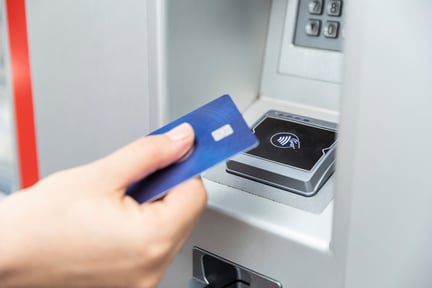The pandemic has created a time of increased risk for the food supply chain, with additional pressure on food businesses. And more pressure means more risk.
Global Technical Director of Supply Chain Assurance, Kimberly Carey Coffin, discusses why we need to consider alternative arrangements such as remote auditing to keep our industry safe.
For an industry that has been grappling for years with driving consistency of audit practices and audit efficacy to ensure a safe food supply, we must now embrace the opportunity to question what good looks like.
Inarguably, traditional face-to-face, on-site audits provide the optimum environment for assessment of the food supply chain’s continuing compliance of operational activities and food safety controls from farm to fork. This is largely because food safety auditing is dependent on all five senses in its truest application.
However, when this isn’t possible, we need to consider alternative arrangements such as remote auditing to keep our industry safe. From a remote desktop, independent assessment of critical evidence, (e.g. supply and operational monitoring records, product test results, staff training status and internal audits), by a qualified auditor is no different to the activities that form the starting point for on-site food safety audits.
Some businesses have shown resistance to the idea of remote audits due to concerns over the assessment quality of site conditions or personnel practices. Through our experience using live stream video technology on farm and in factories, we have been pleased that many of these concerns did not arise and high-quality audit outcomes, including the identification of non-conformities, were achieved.
In some respect, the ability to capture evidence of both good and poor practices through image capture and immediate discussion with auditees enhanced the audit process and final reporting. Remote access to food production is also a powerful tool for surveillance and investigation. For example, it allows the identification of the true risks involved in first runs of products, or when there’s a need to provide assurance around a variety of ingredient suppliers in different locations.
The COVID-19 pandemic has presented the perfect platform for CPOs, large manufacturers and retailers to assess how remote technologies can provide them with the confidence in their supply sources anytime and from anywhere.
Given the widespread availability of technology around the globe, remote or virtual audits provide countless options for the new definition of an ‘on-site’ audit. Encouragingly, many of the world’s leading primary production standards such as Red Tractor and Quality Meat Scotland have moved swiftly to trial and rollout remote audits at farm level and we expect more to follow.
Those that have embraced the use of technology to provide them with insight into their supply chains during the pandemic have already started asking what role this has to play in future.
Triggering a shift in what is the ‘next normal’ for food safety compliance interventions.
Furthermore, for an industry struggling to attract new technical talent, the application of remote or virtual audit technology may be the key to attracting the next generation of ‘tech-savvy’ food industry professionals to a career viewed as tired and old-fashioned. Of course, for this generation, the technology that’s been adopted more widely by the food industry during the pandemic is nothing new; it’s always been part of their lives. Their ‘mobile first’ attitude will be another driver for change.
If you are interested in remote audit technology, contact our remote team to find out more.




